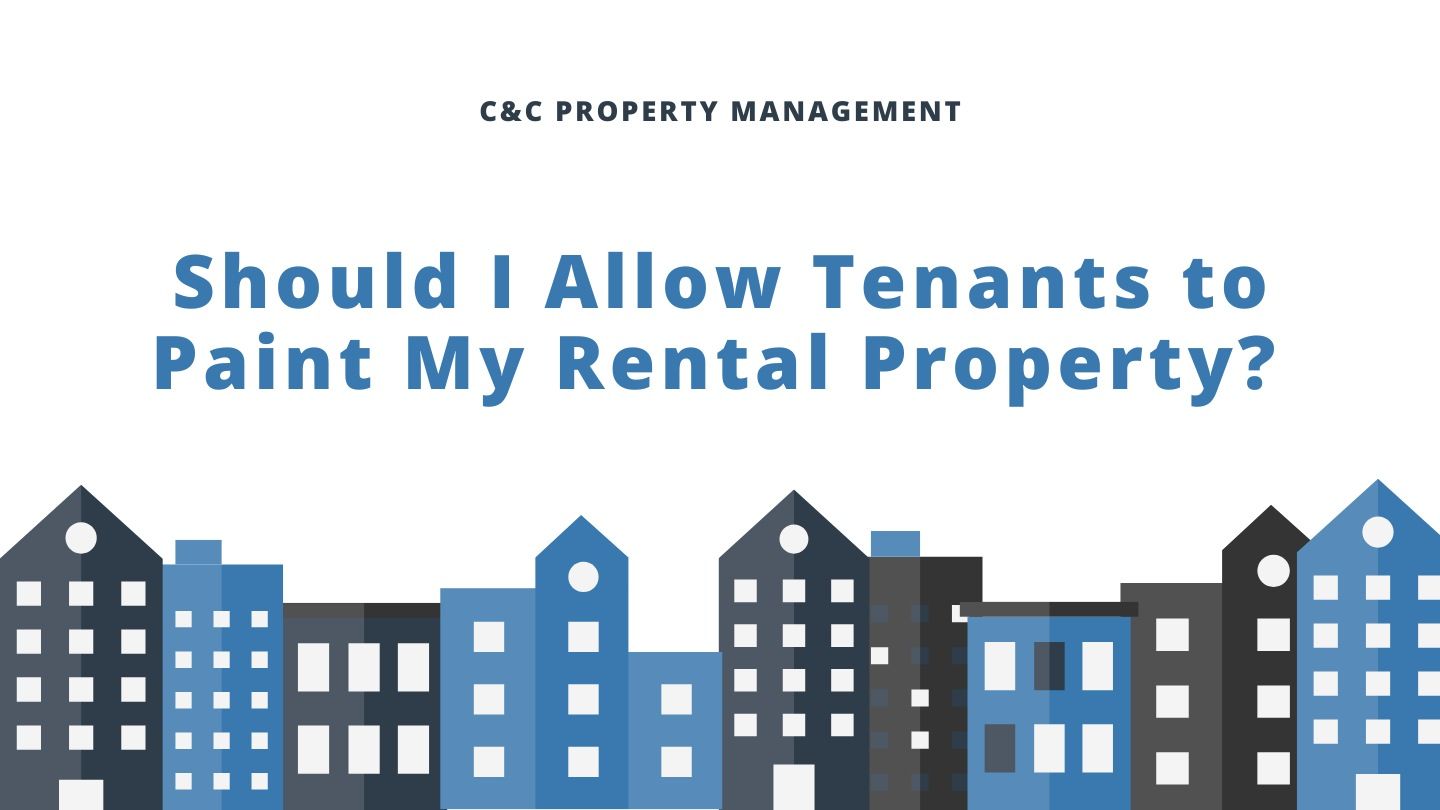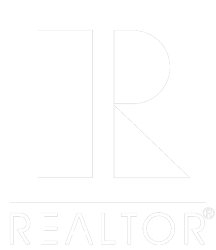How to Calculate the ROI on a Property Investment
Key Takeaways:
- Know Your Rental Type – Long-term and short-term rental properties have different earning potentials and require different strategies for calculating ROI. Understanding which works best for your goals is key.
- ROI Isn’t One-Size-Fits-All – There are multiple ways to measure ROI, including Simple ROI, Cap Rate, and Cash-on-Cash Return. The right method depends on whether you’re buying with cash, financing, or comparing investment options.
- Smart Investments Require Smart Management – Factors like location, maintenance costs, and professional property management all impact ROI. A well-managed property can make all the difference in maximizing your returns.
Investing in rental properties can generate passive income and build long-term wealth, but it's crucial to measure the potential return on investment (ROI). Rental properties can be classified as long-term or short-term leases, with each requiring a different approach to calculating ROI.
We’ve created this article at
C&C Property Management to outline these property types and three common methods for measuring ROI on real estate investments.
Long-Term Lease Property
A long-term rental property generally refers to a residential home, apartment, or commercial building rented out for a period of six months or more.
Long-term tenants in a rental property are typically favored by many landlords because they offer a stable and predictable income stream over the lease term. These properties often appreciate in value over time, making them a solid investment.
The expected return on a long-term rental property usually falls between 8% to 12% annually. This return is calculated by adding the rental income over the course of the lease and any potential capital gains from the property's appreciation.
However, the actual rate of return can vary based on factors like market conditions, location, property management, and local real estate trends. Additionally,
costs such as maintenance, taxes, and operating expenses should be considered when calculating the final ROI.
Short-Term Lease Property
Short-term rental properties are typically rented out for less than 30 days. These properties include residential units or commercial spaces rented on different platforms. Short-term rentals are often subject to fluctuating demand based on the season, local events, and tourism trends, which leads to variable returns.

In general, short-term rental properties can offer a return of around 10%, but the actual return rate can fluctuate. During peak seasons, such as holidays or major events, short-term rental returns can surge by as much as 20%.
However, during off-peak periods, returns can drop by as much as 5%. Factors such as location, property quality, and effective management play a critical role in maximizing returns on short-term rental properties.
Methods for Calculating ROI on Rental Properties
To accurately assess the profitability of a rental property, it's essential to use reliable methods for calculating ROI.
Below, we will outline three common approaches to determining the rate of return on a rental investment: Simple ROI, Cap Rate, and Cash-on-Cash Return (COC).
1. Simple ROI Calculation
The simplest method for calculating ROI is the basic ROI formula, which compares the income generated by the property to the cost of the investment.
Formula: ROI = (Income from investment - Cost of investment) / Cost of investment
For example, if you invested $100,000 in a rental property and earned $120,000 in rental income over the course of the investment, your ROI would be calculated as follows:
ROI = ($120,000 - $100,000) / $100,000 = 0.2 or 20%
While this method is straightforward, it lacks details on ongoing costs, like
property maintenance and management fees, which can impact profitability.

2. Cap Rate (Capitalization Rate)
The capitalization rate, or cap rate, is often favored for evaluating commercial properties or for comparing similar rental properties within a specific area.
Net operating income (NOI) is the annual income generated by the property after operating expenses (excluding mortgage payments) have been deducted. To calculate cap rate, you must first determine your annual rental income and subtract operating expenses such as maintenance, insurance, and property management fees.
Formula: Cap Rate = (Net Operating Income / Property Purchase Price) × 100%
For example, let’s say you purchased a property for $150,000, and your annual rental income is $12,000. After deducting operating expenses of $2,000 (for insurance,
taxes, etc.), your NOI is $10,000.
Cap Rate = ($10,000 / $150,000) × 100% = 6.67%
This cap rate helps you evaluate how well your rental property is performing compared to other investment options. A higher cap rate indicates a better return on investment. However, keep in mind that cap rates can vary by location and property type, making it important to compare similar properties in the same market.
3. Cash-On-Cash Return (COC)
Cash-on-Cash return (COC) is a more nuanced method that takes into account financing, making it especially useful for properties purchased with a mortgage. Unlike the simple ROI calculation, COC considers the cash you’ve invested upfront, including the down payment and other initial costs such as closing fees and renovations.

This method measures the annual return on the actual cash you’ve invested, rather than the total property value.
Formula: COC = (Annual Cash Flow / Total Cash Investment) × 100%
For example, if you purchase a property for $150,000, make a 20% down payment ($30,000), and spend $12,000 on
closing costs and renovations, your total cash investment is $42,000. If your rental income generates $1,500 per month and your mortgage payment is $1,000 per month, your monthly cash flow is $500, or $6,000 annually.
COC = ($6,000 / $42,000) × 100% = 14.29%
This return rate indicates how much return you’re getting from the cash you personally invested in the property. An 8% to 12% return is considered good, but some investors prefer a minimum of 20% return before committing to a property.
Bottom Line
When evaluating rental property investments, the right ROI method depends on the property type and
your financial goals. For long-term investments, simple ROI and cap rate calculations provide a solid estimate of potential returns, while Cash-on-Cash Return is ideal for properties with financing.
Variables like location, property management, and market conditions also impact ROI, with short-term rentals especially influenced by seasonal trends and management.
The best ROI method aligns with your investment strategy, and it’s highly recommended to consult a property manager or real estate professional to make informed decisions. With the right approach, rental properties can be a highly profitable investment.
If you're ready to maximize your rental property returns, partner with C&C Property Management for expert property management services and strategic guidance.








